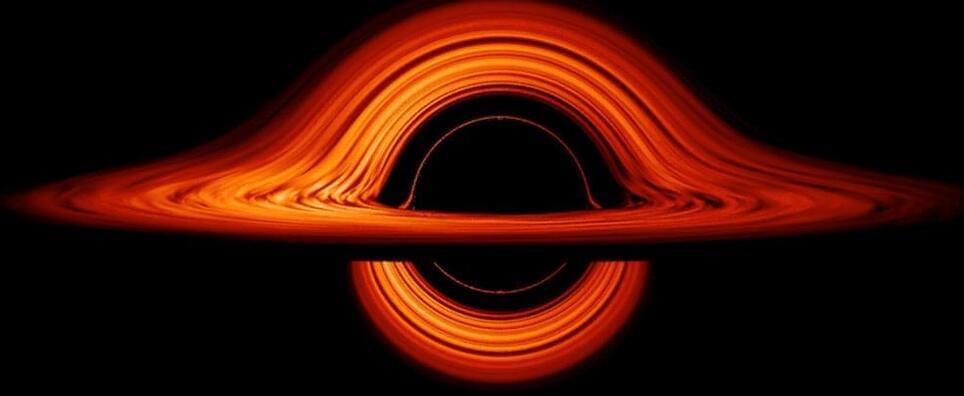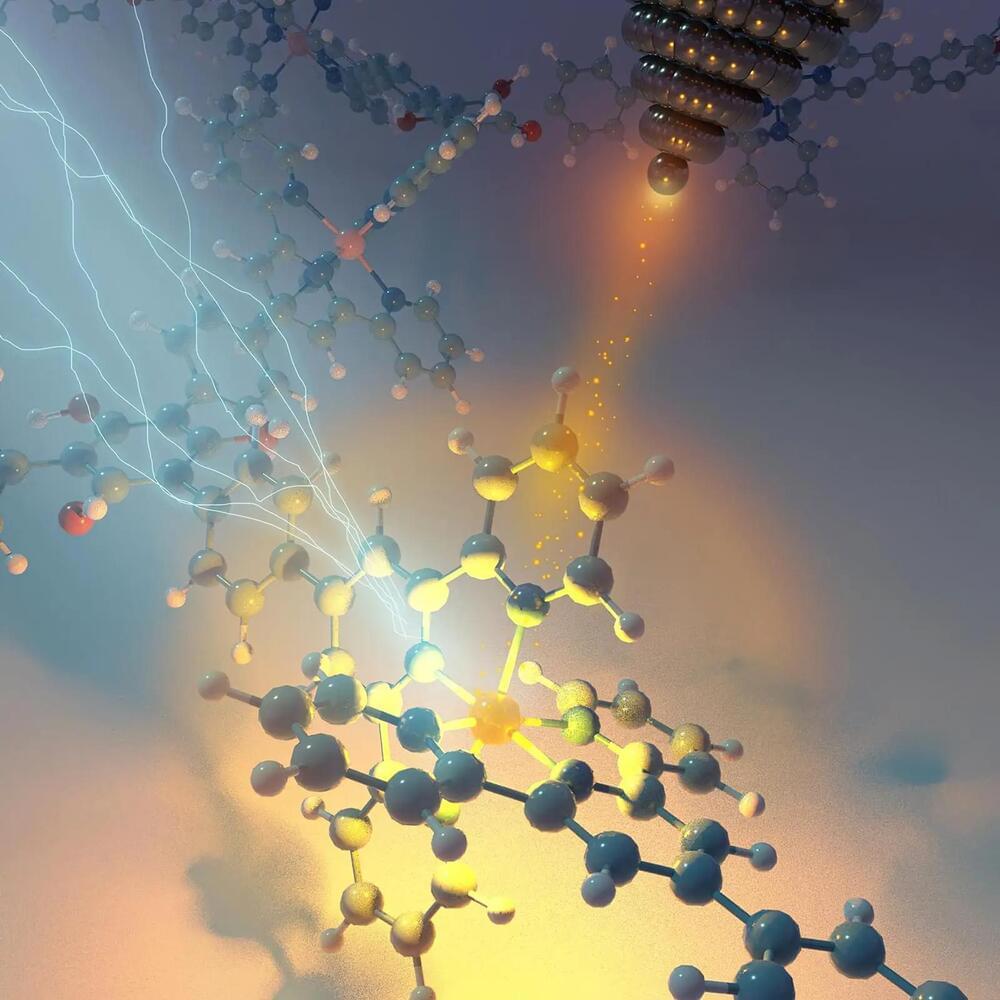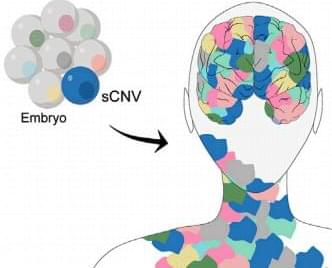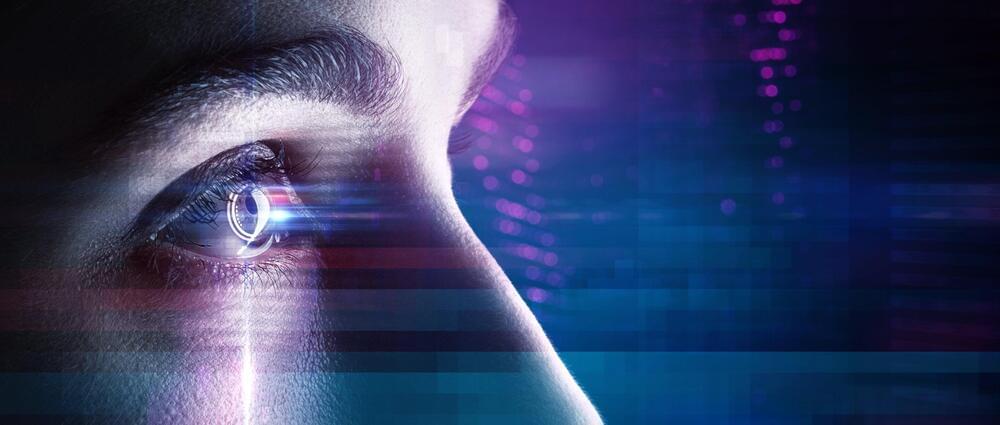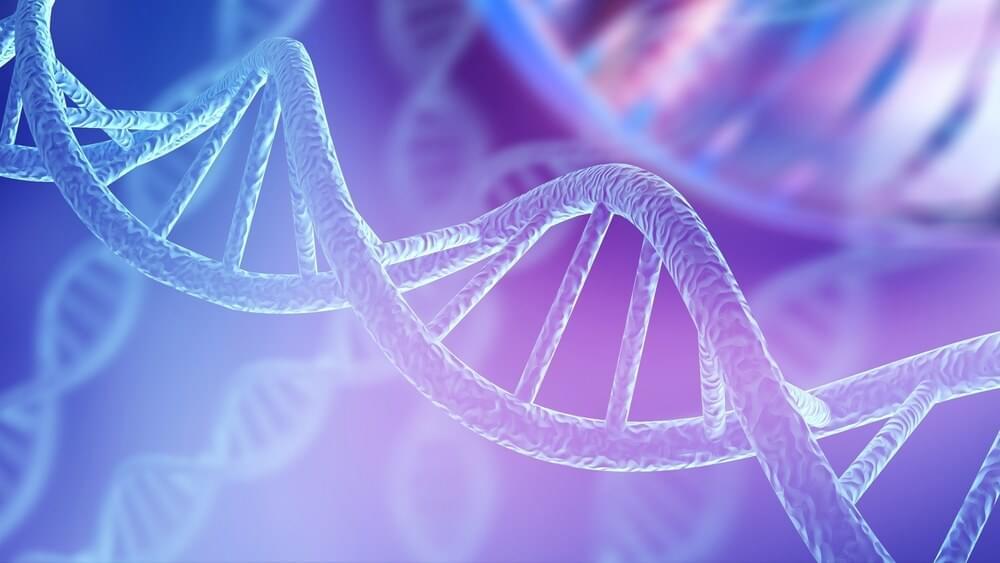Jul 6, 2023
The Earliest Supermassive Black Hole Ever Found Has Been Identified
Posted by Josh Seeherman in category: cosmology
An object lurking in the foggy dawn of the Universe has given astronomers a big surprise.
Observations collected through the James Webb Space Telescope have revealed an active supermassive black hole 9 million times the mass of the Sun – one that is actively growing as it slurps up matter from the space around it.
Continue reading “The Earliest Supermassive Black Hole Ever Found Has Been Identified” »
